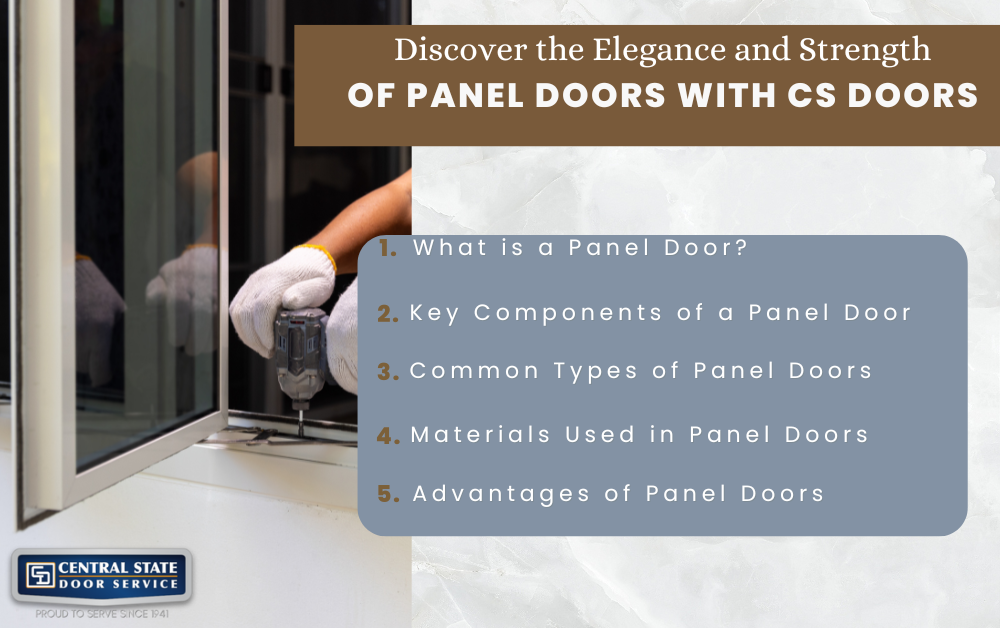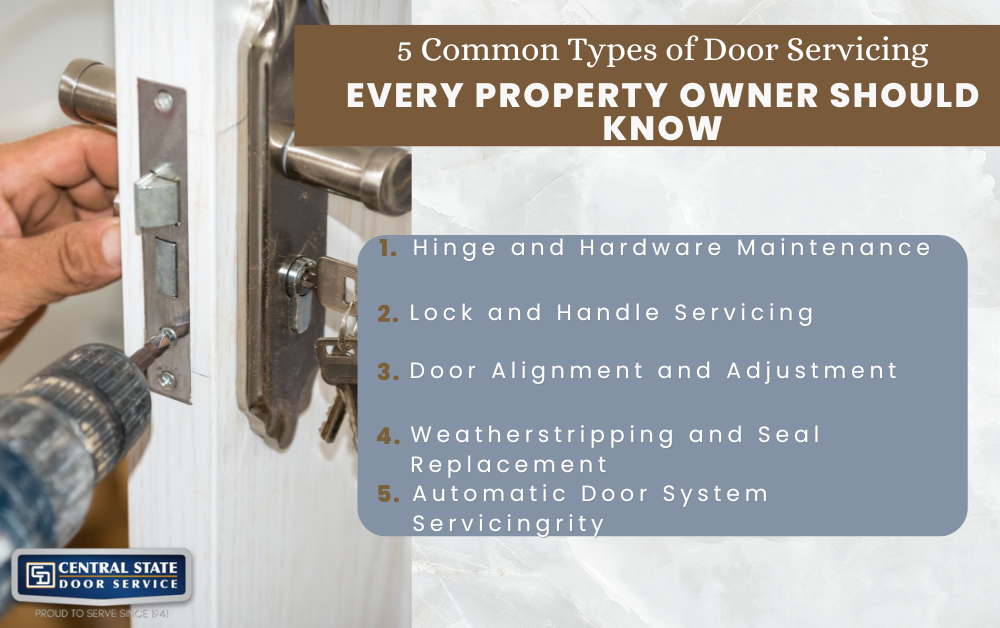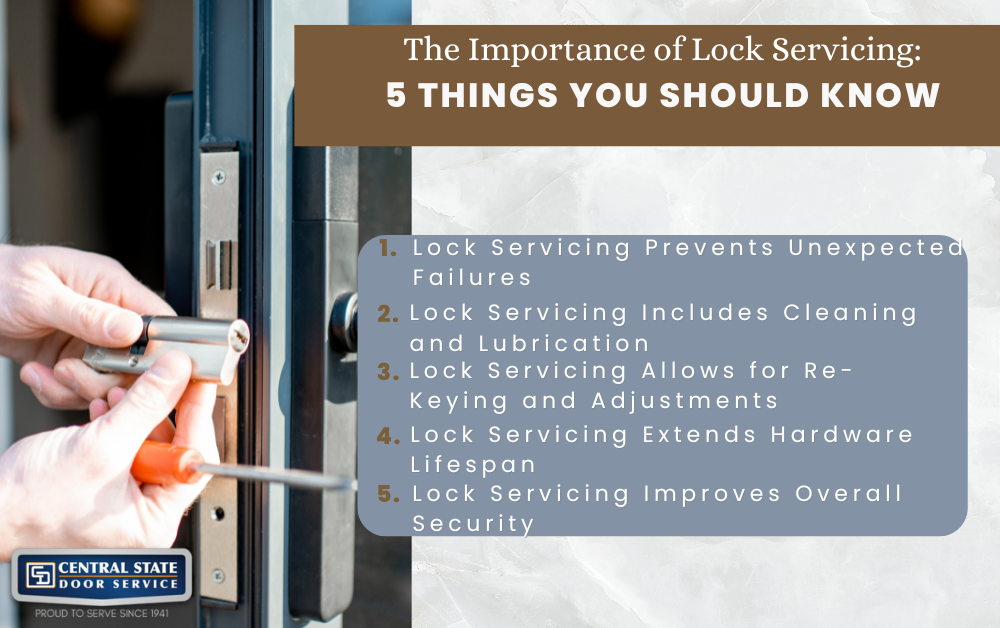Equipment maintenance is essential for ensuring that garage doors, which play a crucial role in both home convenience and security, remain in optimal condition.. Despite their daily use, many homeowners overlook one of the most vital tasks—equipment maintenance. Letting your garage door system go without proper care can lead to serious safety hazards, unexpected repairs, and reduced performance. When maintained consistently, garage door components operate more reliably, more quietly, and last much longer. Equipment maintenance is not just about keeping things running—it’s about protecting your investment and ensuring peace of mind. Whether you’re dealing with worn-out springs, noisy rollers, or faulty sensors, addressing issues early is the key to long-term performance. That’s where CS Doors comes in—our service team is fully equipped to handle all jobs, from routine inspections to complex repairs, ensuring your garage door remains safe, efficient, and secure all year round.
Safety: Preventing Accidents
Heavy and Tensioned Mechanisms
Garage doors are large, heavy structures that operate using tightly wound springs and high-tension cables. These elements endure a lot of weight and pressure every time the door is opened or closed. When not properly maintained, they are prone to wear and can fail without warning. A broken spring or cable can send the door slamming down with great force, putting people, pets, and vehicles at serious risk. Regular inspection and service of these high-tension elements are essential to keeping your garage safe.
Risk of Sudden Failures
Neglected parts like rusted cables, cracked springs, or worn rollers can suddenly break, causing the door to malfunction. Such failures not only disrupt your day but can also create emergencies that require immediate and costly professional attention. A snapping cable or spring can be dangerous, especially if it happens while the door is in motion. Simple preventive checks can identify weak links before they lead to severe damage. Prioritizing safety through maintenance helps prevent these sudden and hazardous failures.
Injury Prevention
Garage doors are among the heaviest and most complex moving structures in most homes, and without maintenance, they can become a major injury risk. A faulty auto-reverse mechanism or misaligned sensors can result in the door closing on objects or even people. Ensuring that these safety features work correctly helps avoid accidents. Children and pets are particularly vulnerable if the door’s systems aren’t functioning as they should. Regular testing and repairs help ensure that your garage remains a safe space for everyone.
Longevity: Extending the Life of Your Equipment
Reducing Wear and Tear
Like any mechanical system, your garage door experiences gradual wear from frequent use. Every time you open or close the door, the moving parts experience stress and friction. Without routine maintenance, this wear accelerates and leads to the early failure of essential components. Cleaning, tightening, and inspecting these parts slows down degradation and preserves functionality. Regular upkeep is central to keeping your garage door working efficiently well into the future.
Lubricating Moving Parts
Lubrication offers a minimal-effort solution with major results that extend the life of your garage door. Every six months, apply a silicone-based or lithium lubricant to hinges, rollers, springs, and opener chains or screws. This reduces friction, prevents squeaking, and helps the door move more easily. Lack of lubrication can lead to grinding, sticking, and increased strain on the motor. With just a few minutes of care, you can significantly improve performance and extend part life.
Preserving Opener and Structural Components
The opener motor, brackets, and track systems are subject to stress that can accumulate over time. When these elements aren’t maintained, the entire system has to work harder, which reduces its overall lifespan. Simple tasks like tightening bolts and cleaning tracks go a long way in preserving structural integrity. Without intervention, minor faults can escalate into major issues that compromise the door’s frame or the opener’s functionality. Keeping everything in top shape ensures the longevity of both moving and stationary parts.
Cost Savings: Avoiding Expensive Repairs
Preventing Emergency Breakdowns
Emergency repairs often come with premium service fees and the stress of unexpected downtime. A garage door that breaks suddenly can leave your vehicle stuck inside or outside and compromise your home’s security. With routine maintenance, you greatly reduce the chances of such breakdowns. Identifying and fixing small issues early keeps everything running and avoids the inconvenience of last-minute repairs. Consistent maintenance is far more affordable than paying for emergency fixes or replacements.
Identifying Issues Early
Many garage door problems start small—frayed cables, worn-out springs, or misaligned sensors. If caught early, these issues are inexpensive to fix and prevent bigger problems down the line. Monthly or quarterly inspections help you recognize when something is off before it becomes a hazard. A proactive strategy not only lowers your spending but also guarantees your door performs reliably every day. Early detection is a powerful tool in avoiding costly damage and service interruptions.
Avoiding Full Replacements
Garage doors and their components are not cheap to replace. Neglecting regular equipment maintenance leads to the accelerated wear of the entire system, which can shorten the door’s life by several years. Taking care of small repairs now helps avoid the much higher cost of replacing an entire door or opener later. Replacement should be a last resort—not the result of prolonged neglect. With regular upkeep, your garage door can continue serving your home efficiently for many years.
Smooth Operation: Enhancing Performance and Comfort
Quieter Door Function
One of the most noticeable signs of poor maintenance is a noisy garage door. Squeaks, bangs, or grinding sounds often indicate friction or loose components. Regular lubrication and hardware checks help eliminate these unpleasant noises. A quiet, smoothly operating door not only feels more professional but also reduces wear on internal parts. Keeping your garage door quiet enhances the overall comfort and quality of your home experience.
Proper Door Balance
An unbalanced garage door forces the opener to work harder and puts strain on springs and cables. Unplug the opener and lift the door to the halfway point to check the balance; it should stay in place without falling.. If it falls or rises on its own, the springs likely need adjustment—a job for a trained technician. Keeping the door balanced reduces motor stress and prevents uneven wear. This check should be part of your biannual maintenance routine.
Cleaning and Track Maintenance
When the tracks are blocked or dirty, it can force the door to drag, stick, or become misaligned. Make it a habit to clean the tracks with a damp cloth, removing dust and any debris that collects. Avoid using grease in the tracks—it attracts dirt and causes long-term problems. Clean tracks ensure smooth travel for the rollers and minimize physical strain on other components. This small effort plays a major role in maintaining the door’s proper movement and alignment.
Security: Keeping Your Home Protected
Ensuring Proper Closure
A garage door that doesn’t close properly can leave your home exposed to weather, pests, or intruders. Misaligned sensors or damaged mechanical parts can prevent a secure seal. Regular equipment maintenance ensures your door latches and closes as it should, every time. Maintaining a secure perimeter is essential, especially if your garage connects directly to your home. A reliable garage door is a strong first line of defense.
Checking Auto-Reverse Features
Safety and security go hand-in-hand with properly functioning auto-reverse systems. Inspect this function by setting a small object in place beneath the closing door—it should stop and reverse automatically. You should also check the photo-eye sensors by waving a hand or object across them while the door is closing. If these tests fail, adjustments or repairs are needed immediately. These features are not only required by law in many places—they’re vital for family safety.
Replacing Worn Weatherstripping
The bottom seal of your garage door aids in blocking drafts, water, insects, and even small rodents. Over time, this rubber seal becomes cracked or brittle and loses its effectiveness. Inspect it during your regular maintenance checks and install a new one when it starts to show signs of aging. A good seal also helps maintain indoor temperatures and reduce energy costs. Keeping this small but important part in good condition contributes to both security and comfort.
Conclusion
Garage door equipment maintenance is an essential part of homeownership. It ensures your door operates safely, lasts longer, and protects your home while saving you from high repair costs. Whether you’re inspecting cables, lubricating parts, or testing sensors, each maintenance step plays a role in preserving your system’s performance. Ignoring this vital upkeep can lead to expensive, inconvenient, and even dangerous issues. Don’t wait for a breakdown—make garage door maintenance a regular habit in your home.
Prepared to keep your garage door in excellent working order? Start your maintenance routine by yourself or schedule a professional inspection and contact CS Doors today to make sure everything is working as it should.






